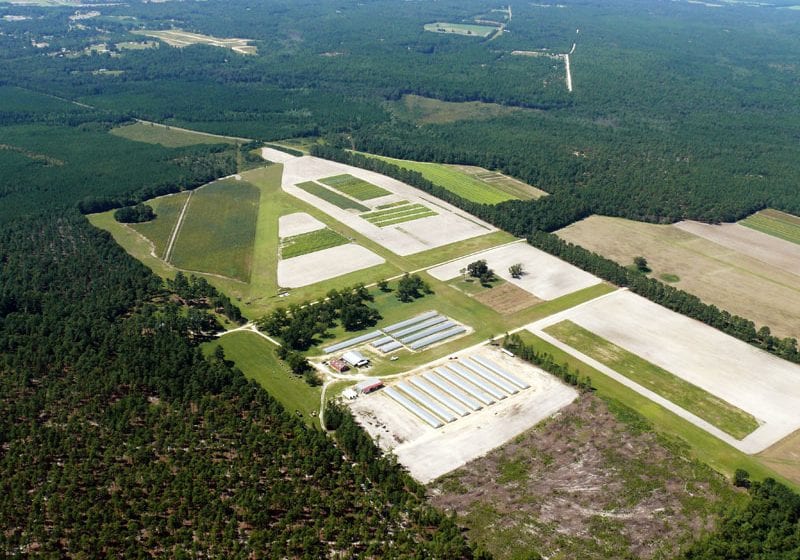Cross Creek’s seeds offer unparalleled disease resistance. By Brandy Brinson When tobacco plants grown from Cross Creek’s seeds break ground, they are more likely to resist diseases and nematodes than plants Read More
Tags :seeds
Recent Posts
- The Forgotten Frontier
- 22nd Century Eliminates Debt
- ‘Vaping Might Boost Uranium Exposure’
- King-size Cigarettes Now to Display Warnings in Canada
- U.S. Marshals Seize Unauthorized Vapes
- Larson to Direct Programs at Smoke-Free World Foundation
- U.S. IQOS Targets ‘Achievable’: Analysts
- Kgosi Letlape Advocates for Harm Reduction
- Zim Growers Warned Against ‘Nesting’
- KT&G Expands in Indonesia
- Khyber Pakhtunkhwa Mulls Steep Tax Hike
- Charlotte’s Web to Elect New Directors
- Florida Passes First Disposables Registry
- U.S. Menthol Decision Delayed Again
- Pearce to Lead Cigar Association of America
